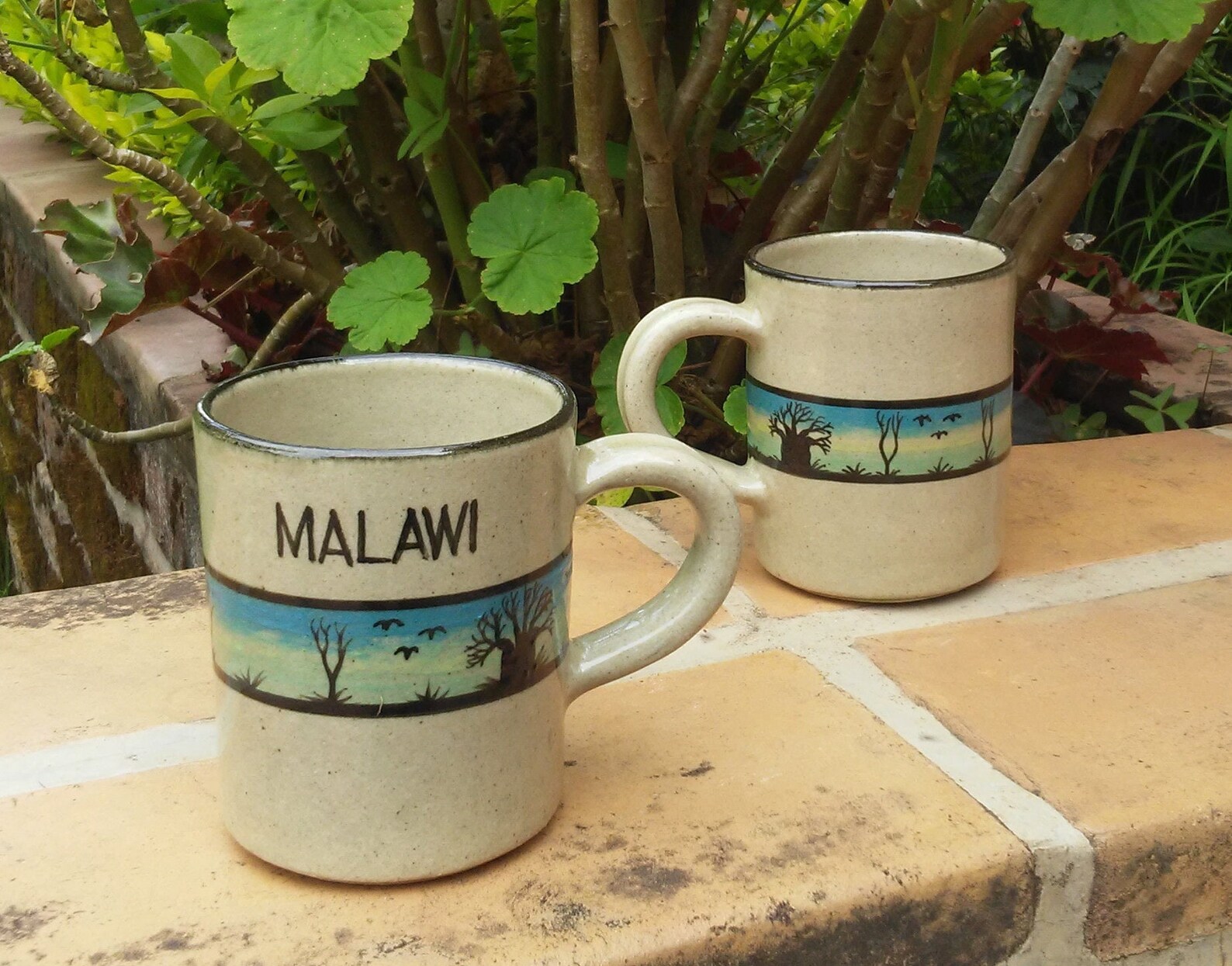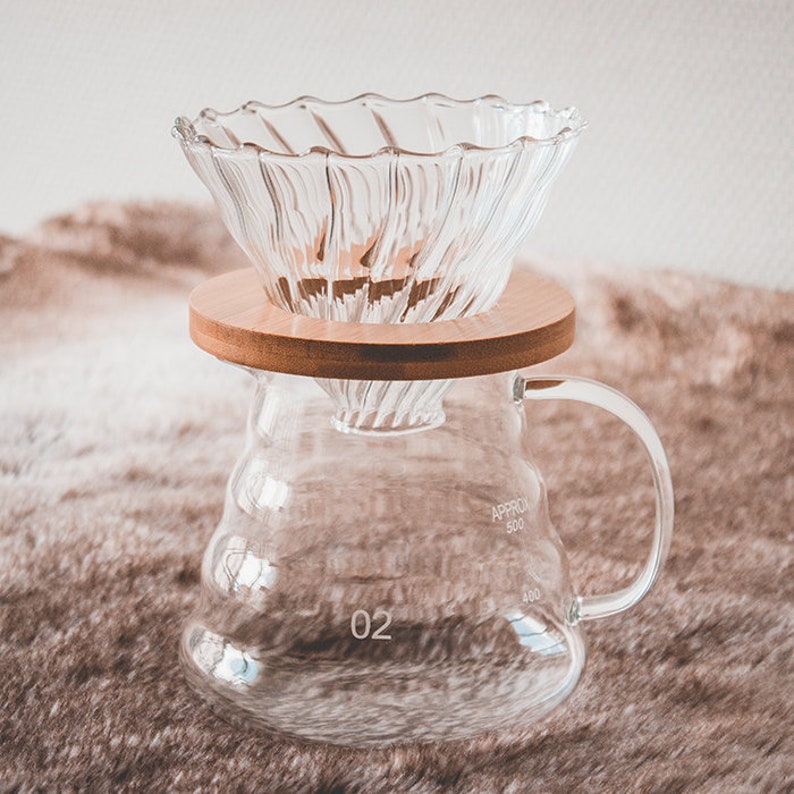Arabica coffee was introduced from Jamaica to Nyasland (now Malawi) in 1878.
- Around 1891, Malawi had a flourishing coffee industry under the rule of the British colonial rulers.
- Because of the low production volumes with far less than 0.1 % of world market share, coffee from Malawi is unusual.
- Coffee cultivation takes place at heights of 900 – over 2,000 m on structured coffee plantations, but also on small farms on fields.
- Main cultivation areas are Blantyre in the south and Mzuzu in the north of the country.
- Grown varieties are Ethiopian Geisha and Catimor.
- The Mzuzu specialty coffee has a smooth, creamy taste and low acidity and is produced by around 3000 small farmers.
- Grown in the north of the country, Malawi Geisha Coffee is wet-processed and has notes of caramel, hibiscus and roses. Cultivated by 400 growers, the coffee is highly valued, highly sought after and correspondingly more expensive.
- The Malawi coffee is praised by many coffee brewers for the special taste.
Advertisment
Malawi Coffee: Preparation
Traditionally, the preparation is similar to that in many other countries. The raw Malawi coffee beans are roasted in a pot on open fire. They are then cooled in a woven bowl by throwing them in the air and catching them again. The coffee is ground with the help of a grinder and then either boiled with hot water in a kettle or pot or prepared with the help of a french press or hand filter.
Advertisment
For advertising links on this page the dealer may pay a commission. These advertising links are marked with an asterisk (*) – images and banners are marked with “Ads” or “Advertisment”. There are no costs for you. Find more information in the data protection regulations here.








